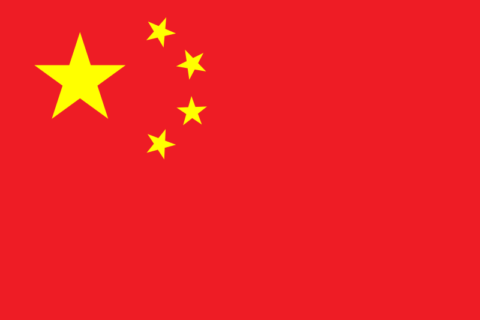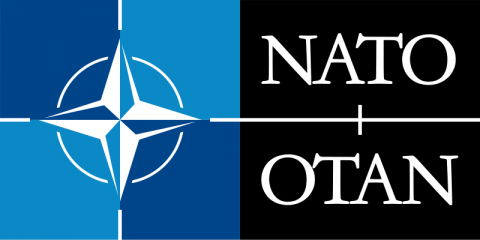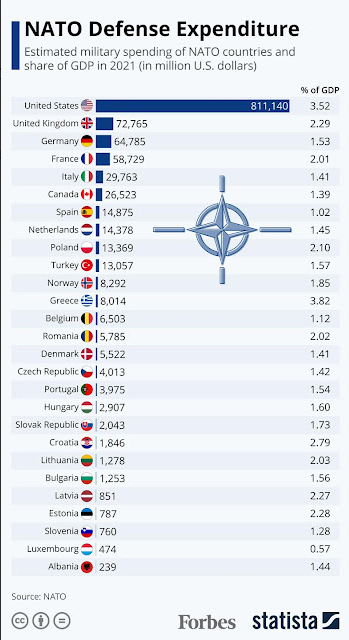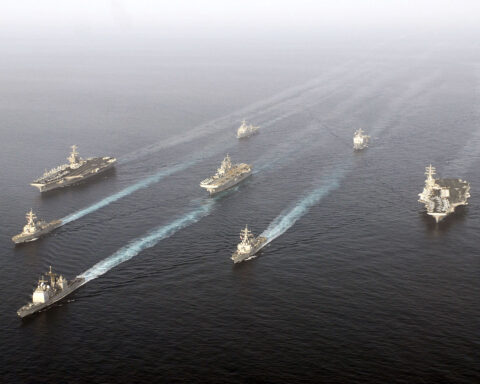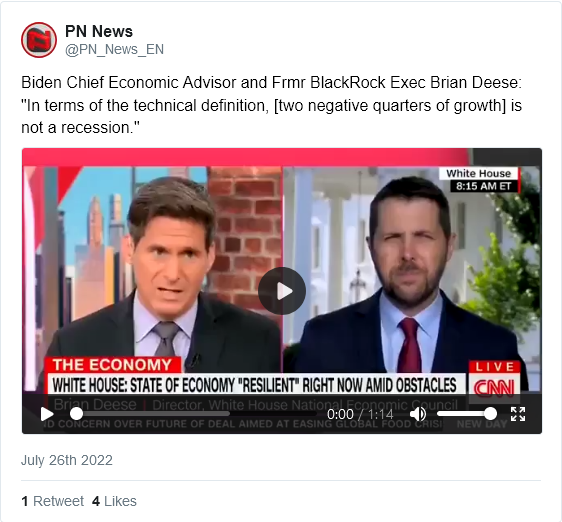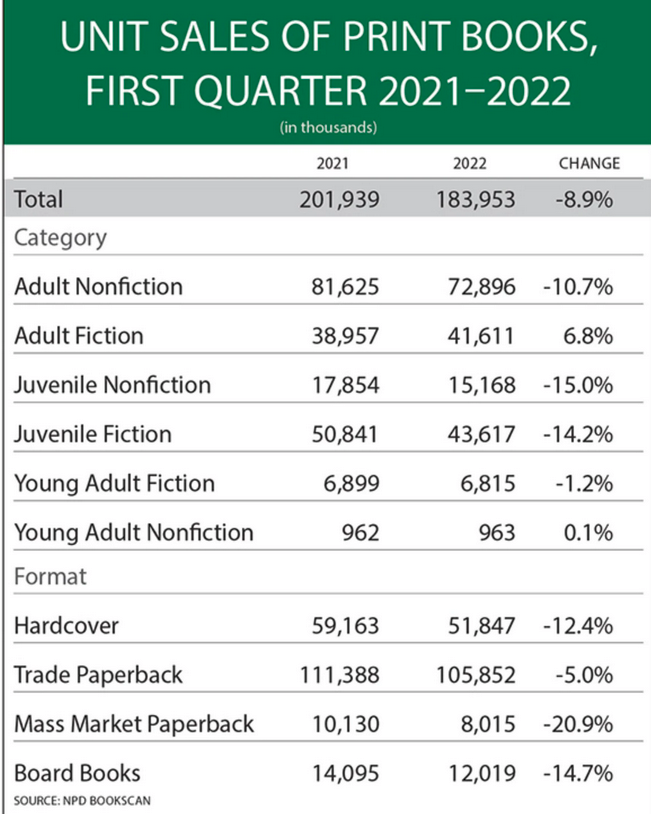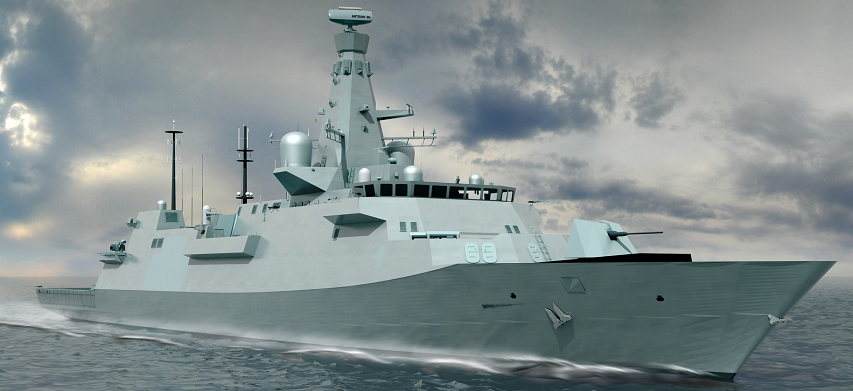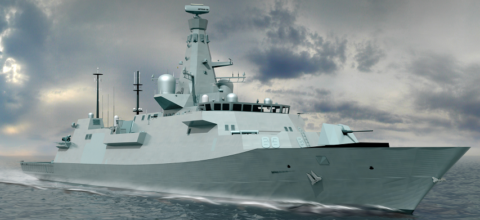In UnHerd, Edward Luttwak suggests that China’s military may be much more apparent than real:
The day after Li Keqiang, China’s departing Prime Minister and the last of Beijing’s moderates, called for more market liberalisation to reach this year’s 5% growth target, Xi Jinping responded by announcing a muscle-flexing 7.2% increase in China’s defence spending. That is certainly consistent with Xi’s truculent stance (he replied to Nancy Pelosi’s recent Taiwan visit with a series of ballistic missile launches), and with his official promise to the Communist Party that China will become the world’s dominant power by 2049. But what do those percentages actually mean?
The declared total of China’s newly increased defence budget at 1.56 trillion yuan amounts to $230 billion, according to the current exchange rate. If that were the case, it would mean that China is falling further behind the United States, whose own fiscal 2023 defence spending is increasing to $797 billion (and actually more, since that figure does not include its funding for military construction or the added help to Ukraine).
China’s own figure is also generally assumed by experts to be greatly understated — not by fiddling the numbers one by one, but rather by wholesale exclusions, such as the attribution of research-and-development spending to civilian budgets. Even if a commando team of elite forensic accountants were sent into action to uncover China’s actual defence spending, with another team dispatched to determine what’s missing from the US budget, we would still only have a very loose indication of how much actual military strength China and the United States hope to add.
But one thing can be said with absolute certainty: each side is adding less than the rising numbers imply.
In China’s case, a manpower shortage undercuts military spending in the PLA’s ground forces and naval forces, and soon it will affect manned air units as well. The PLA ground forces now stand at some 975,000, a very small number for a country that has 13,743 miles of borders with 14 countries — including extreme high-mountain borders where internal combustion engines lose power, jungle-covered borders where remote observation is spoiled by foliage, Russian-river borders with endemic smuggling, and the border with India’s Ladakh where an accumulation of unresolved Chinese intrusions have forced each side to deploy substantial ground forces, with at least 80,000 on the Chinese side.Except for Ladakh, which now resembles a war-front, borders are not supposed to be guarded by army troops but by border police. And China did in fact have a substantial dedicated border force, but it was abolished for the same reason that the PLA ground army is so small: a crippling shortage of physically fit Chinese men willing to serve in these regions. Cities and towns, by contrast, do not seem afflicted by such severe manpower shortages, leading to the weird phenomenon on Nepal’s main border crossing to Tibet where, according to an acquaintance, a group of freezing Cantonese city policemen were checking travellers and “guarding the border”. (They said they had been “volunteered” for two months.)

